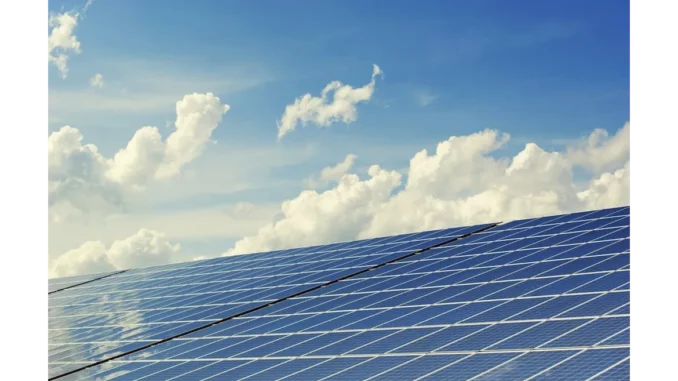
In my ongoing exploration of the financial repercussions of green energy investments in the UK, I recently engaged in a detailed conversation with Laura Whitfield, an energy analyst at Green Future Insights. Our discussion shed light on the potential financial strains on households that could emerge from rising interest rates, a subject gaining prominence following the latest report by the Resolution Foundation.
Discover how Focus360 Energy aids sustainable development with Sustainability Statements.
Laura commenced by delineating the current state of Britain’s green energy sector. “Over the past decade, the UK has made remarkable progress in renewable energy,” she noted. “Yet, the cost of financing these investments remains a critical component that cannot be ignored.” She referred to the Resolution Foundation’s recent findings, which indicate that elevated interest rates could add an astonishing £29 billion to household energy bills by 2050.
“Interest rates are fundamental in influencing the cost of borrowing for large-scale energy projects,” Laura elaborated. “When rates were at historic lows, it appeared feasible to drive the necessary investment surge with minimal impact on consumers. However, with current rates at a 16-year peak of 5.25%, the landscape has shifted dramatically.”
Laura’s observations were substantiated by data from the Foundation, revealing that the UK must quadruple its investment in the power sector over the next decade to achieve decarbonisation targets. “By 2040, we anticipate a 45% rise in electricity consumption from residences and a 13-fold surge in demand from road transport, driven by the adoption of heat pumps and electric vehicles (EVs). This represents a colossal transformation necessitating significant financial support,” she pointed out.
The dialogue turned to a more personal dimension as Laura illustrated how these financial dynamics might impact ordinary consumers. “Take, for instance, an offshore wind project,” she posited. “If borrowing costs escalate from 5% to 9%, the project’s cost could soar by 31%, translating directly into higher energy bills for households. By 2050, the average household might face an additional £400 annually in energy costs.”
Laura candidly addressed the disparate impact on various income groups. “Higher energy prices will disproportionately affect lower-income households. The poorest fifth could encounter an annual increase of £700 in energy expenses, amounting to 3.6% of their income. Conversely, wealthier households might only experience a 0.3% rise, partially offset by savings from EV ownership.”
Despite these stark projections, Laura maintained a cautiously optimistic outlook. “The silver lining is that the costs of renewable energy have plummeted over the past decade. For example, the cost of offshore wind contracts has decreased from £164 per megawatt hour in 2014 to just £51 in 2022. These savings could somewhat counterbalance the higher borrowing costs.”
Our conversation also ventured into potential policy responses. “The government must brace for a higher interest rate environment,” Laura suggested. “This could involve strategies to lower prices, offer price protection for low-to-middle income households, and distribute the financing of investments between household bills and state funding.”
Laura’s expertise provided a comprehensive and nuanced perspective on the financial challenges and opportunities within the UK’s green energy sector. “While the future trajectory of interest rates remains uncertain, it is evident that strategic planning and policy intervention will be vital to alleviating the financial burden on consumers,” she concluded.
As a journalist, I emerged from the interview with a heightened understanding of the complex interplay between interest rates and green energy investments. Laura Whitfield’s insights underscored the critical importance of forward-thinking policies and the necessity for a balanced approach to financing the UK’s ambitious decarbonisation objectives.


Be the first to comment